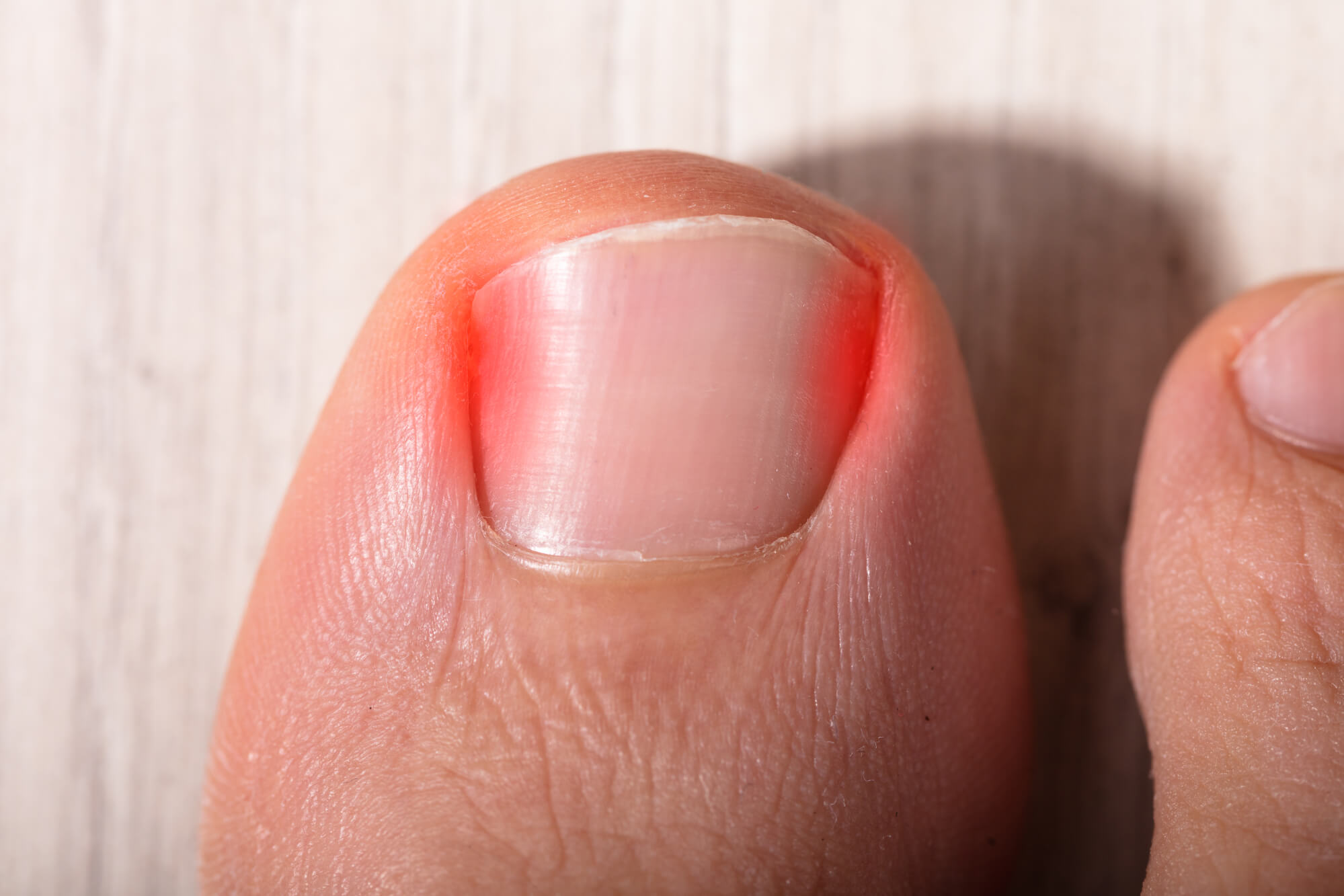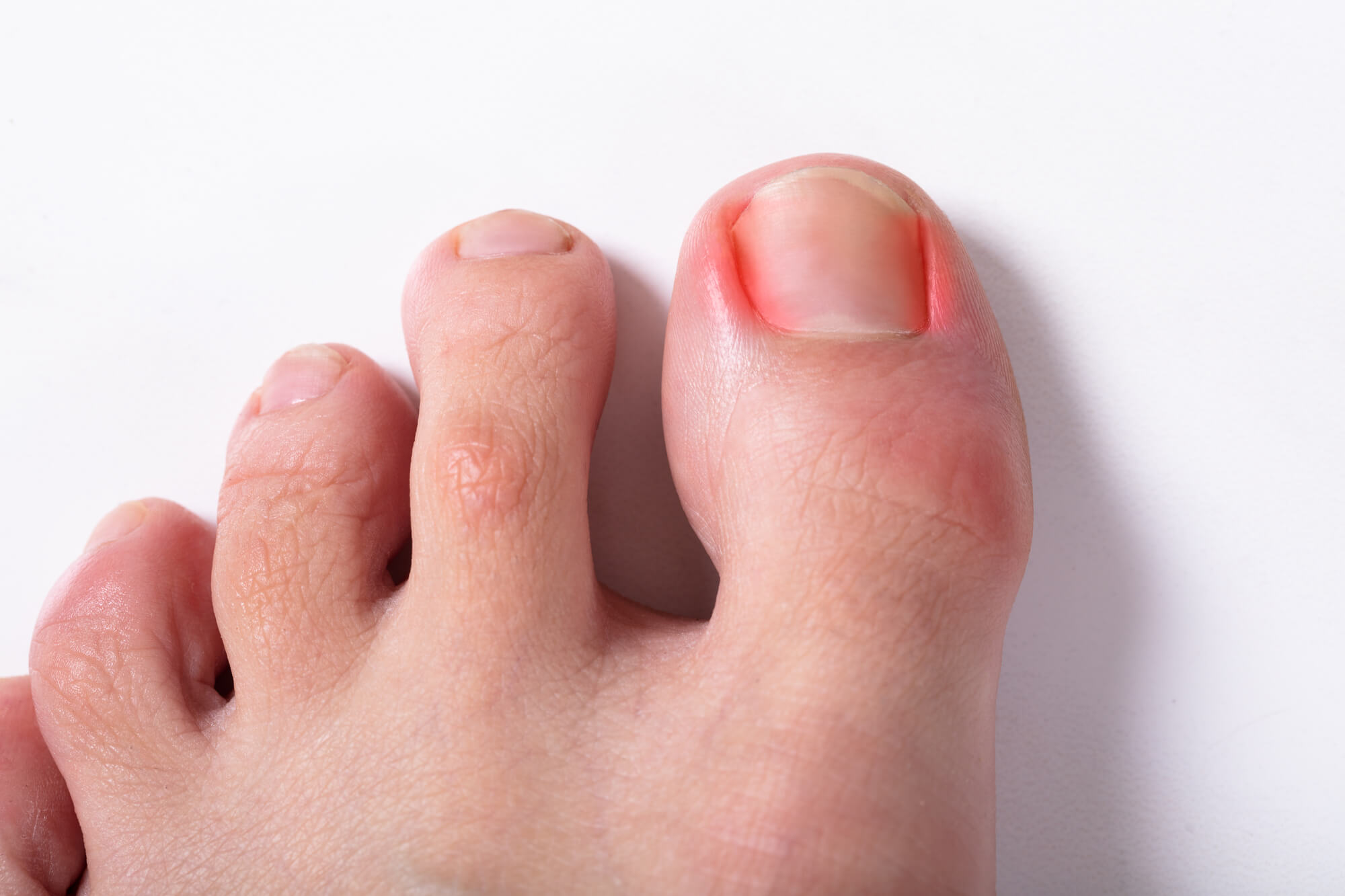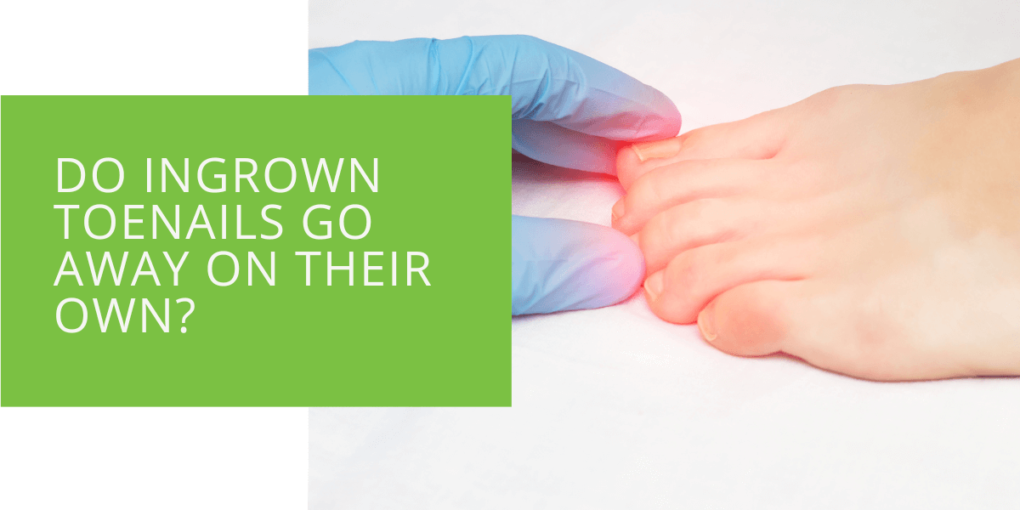Do Ingrown Toenails Go Away on Their Own?
Ingrown toenails are a common foot condition that can be painful and frustrating. They occur when the edge of a toenail grows into the surrounding skin, causing redness, swelling, and sometimes even infection. Many wonders if ingrown toenails will heal on their own and if there is anything they can do to prevent or treat this condition. This article will explore the causes, symptoms, and treatment options for ingrown toenails.
Can Ingrown Toenails Go Away on Their Own?
Ingrown toenails can be a stubborn and persistent problem, and they don't always go away on their own. Factors that may affect the healing of an ingrown toenail include the severity of the condition, the cause of the ingrown toenail, and the person's overall health. In some cases, an ingrown toenail may resolve on its own, while in others, it may require medical treatment.

Factors that May Affect Healing
An ingrown toenail's healing process can depend on various factors. The severity of the condition and the underlying cause is the most important factors. It can heal on its own if it's a minor ingrown toenail. However, if an underlying condition or an injury causes it, it may not. Also, the person's overall health can affect how fast an ingrown toenail will heal.
What Are Ingrown Toenails?
An ingrown toenail occurs when the edge of a toenail grows into the surrounding skin, usually on the sides of the big toe. The condition can be caused by various factors, such as improper nail trimming, tight shoes that crowd the toes, or a congenital nail deformity. Sometimes an injury to the nail or toe can cause an ingrown toenail to develop.
Causes
An ingrown toenail is often described as the nail that grows into the surrounding skin, usually the edge of the big toe. It can happen because of a variety of reasons. One common cause is improper nail trimming if the nails are cut too short or rounded rather than straight across. It can also happen due to tight shoes that crowd toes. Sometimes it can be caused by congenital nail deformity or an injury to the nail or toe.
Symptoms
The symptoms of an ingrown toenail can vary depending on the severity of the condition. They may include redness and swelling around the nail, pain when pressure is applied to the affected toe, and sometimes even infection. You must see a podiatrist for proper diagnosis and treatment if you notice any of these symptoms.
When to See a Doctor
If you suspect an ingrown toenail, you must see a doctor or a podiatrist. They are medical professionals specializing in diagnosing and treating foot and ankle conditions. They will be able to determine if you have an ingrown toenail and advise you on the best course of treatment.
Additionally, if you notice any signs of infection, such as increased redness, warmth, or drainage, it's important to see a doctor immediately, as an infected ingrown toenail can lead to more serious complications if left untreated.

Treatment Options for Ingrown Toenails
Treatment options for ingrown toenails vary depending on the severity of the condition. In some cases, conservative measures may be enough to alleviate symptoms and promote healing. In other cases, medical or surgical intervention may be necessary.
Conservative Measures at Home
For mild cases of ingrown toenails, you can do a few things at home to alleviate symptoms and promote healing. One simple remedy is to soak the foot in warm water with Epsom salt or apple cider vinegar. This can help to soften the skin and reduce inflammation. You can also try gently massaging the skin around the affected area with a cotton swab or small brush. This can help to reduce swelling and prevent the toenail from digging deeper into the skin.
It's also important to avoid activities that put pressure on the affected toe, such as running or playing sports. Wearing shoes that fit well and don't crowd the toes can also help prevent the condition from worsening.
Medical Treatments
If conservative measures at home cannot alleviate symptoms, your podiatrist may recommend medical treatments to help manage the condition. They may prescribe antibiotics or anti-inflammatory medications if an infection is present. They may also remove a small portion of the toenail to reduce pressure and promote healing.
Surgical Options
In some cases, surgical intervention may be necessary to treat an ingrown toenail. This is typically only recommended for severe or recurrent cases that do not respond to other treatments. The surgery, typically performed by a podiatrist or DPM (Doctor of Podiatric Medicine), involves removing a portion of the toenail and the underlying nail bed. This can help to prevent the toenail from growing back in an ingrown fashion.
Conclusion
Ingrown toenails can be a painful and frustrating problem, but with proper care and attention, they can be treated and prevented. Consult a podiatrist if you suspect you have an ingrown toenail and don't wait for it to resolve on its own if it appears it won't.
Remember that ingrown toenails can have underlying causes that require medical attention. A podiatrist can help determine the cause and the best treatment for your specific case. With their help, you can find relief from the pain and discomfort of ingrown toenails and keep your feet healthy.

